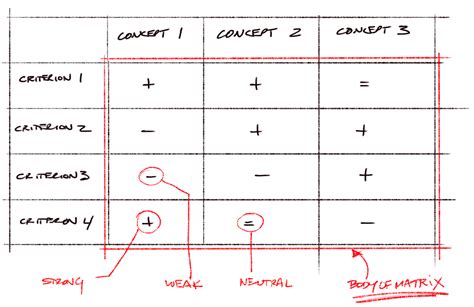Evaluation of the impact of market correlation in Dogecoin (Doge)
The world of cryptocurrencies has seen rapid growth in recent years, with many new and established players competing for attention. Among the most popular cryptocurrencies is Dogecoin (Doge), a digital currency of equal to the same as a Twitter meme in 2013. While Dege has gained significant monitoring over the years, its impact on the market of Wider cryptocurrencies is often discussed among investors.
In this article, we will examine how market correlation affects Dogecoin and what it means for investors to consider these factors when evaluating the potential risks and opportunities associated with the currency.
What is market correlation?
Market correlation refers to the extent to which two or more active move together in response to changes in their respective markets. In other words, if an asset tends to increase, another will probably do the same. This phenomenon has significant implications for investors who want to diversify their portfolios and minimize the risk.
The case of Dogecoin
Dogecoin market correlation is evident when its historical performance in relation to the broader cryptocurrency market is observed. Since its inception, Dege has constantly negotiated within a narrow range, often around $ 0.01- $ 5.00. This relative stability can make it difficult for investors to measure the potential impact of the main fluctuations in the currency.
For example, during the gust of cryptographic bubbles of 2017, Dege experienced significant price changes, reaching its maximum point in a historical maximum of $ 0.073. However, despite this volatility, Dege managed to stay stable until later correction. In contrast, other cryptocurrencies such as Ethereum (ETH) and Bitcoin Cash (BCH) were more affected by market recessions.
How market correlation affects Dogecoin
The correlation between Doge and other cryptocurrencies can have a significant impact on their price movements. When the feeling of investors is positive, dege tends to follow its example, which leads to greater purchase activity and higher prices. On the contrary, when investors become bassists, Dege often experiences a decrease in value.
For example, during the 2020 cryptographic accident, Doge’s price collapsed from $ 1.20 to $ 0.10, while other cryptocurrencies such as Ethereum and Polkadot (DOT) further fell. This important price drop can be attributed, at least in part, to the market correlation with Bitcoin (BTC), which was also experiencing a recession at that time.
The impact on investors
Investors who are considering investing in Doge must take into account their relatively low market correlation. This means that if they look for more volatile assets, Dege may not be the best option. However, investors who prioritize stability and the lowest risk can find that Doge is a more appropriate option.
In addition, understanding market correlation is essential for investors seeking to diversify their portfolios. By recognizing how different assets move together, investors can better manage their risk and make informed investment decisions.
Conclusion

The impact of market correlation in Dogecoin should not be underestimated. While the relatively close range and the historical stability of Doge provide a degree of comfort for investors, it is essential to consider these factors when evaluating the potential risks and opportunities associated with the currency.
As the cryptocurrency market continues to evolve, understanding how different assets move together will be increasingly crucial for smart investors seeking to capitalize on price movements. By adopting a more nuanced approach for market correlation, investors can make more informed decisions align with their investment and risk tolerance objectives.
Recommendations
For Doge investors, they seek to diversify their portfolios or administer the risk:
1.